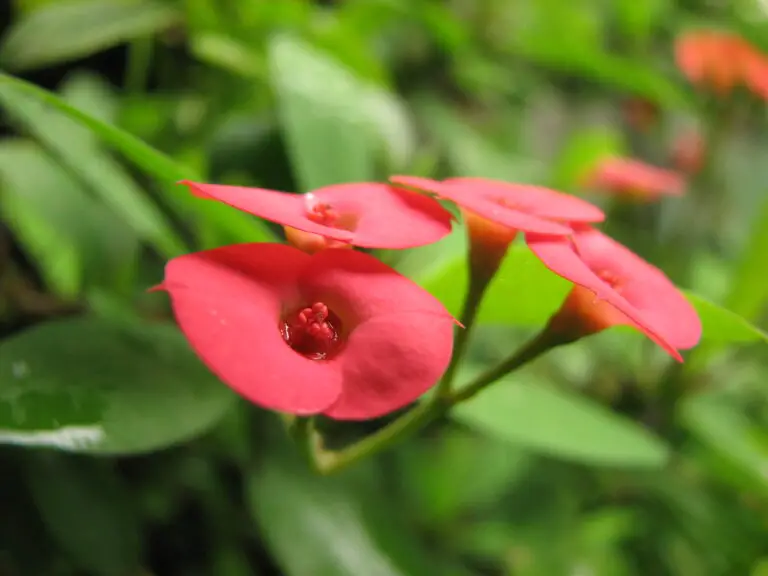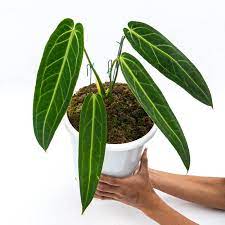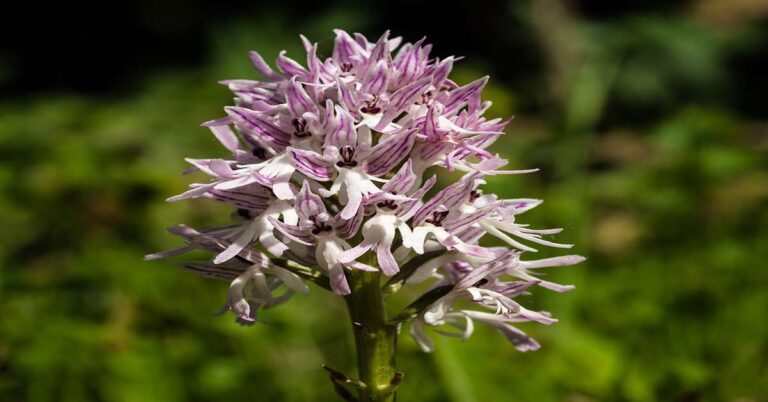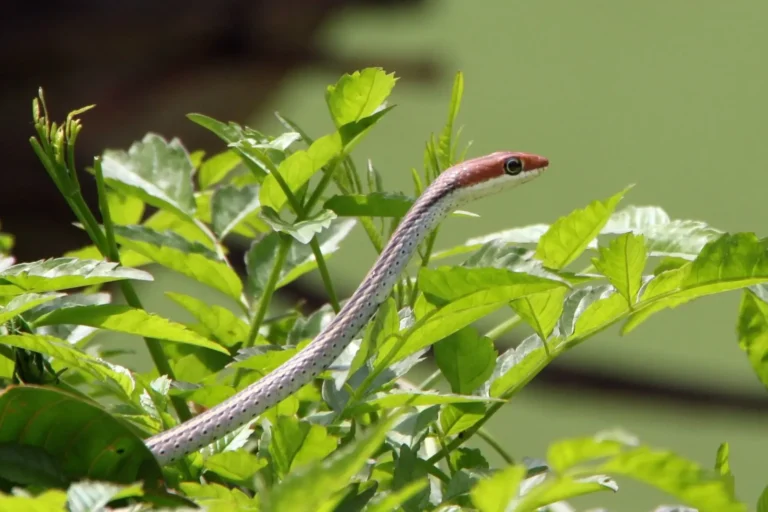Introduction to Cape Primrose
Cape Primrose, also known as Streptocarpus, is a beautiful and popular flowering plant that belongs to the Gesneriaceae family. Originating from the eastern parts of South Africa, Cape Primrose has captured the hearts of many gardening enthusiasts with its stunning blooms and lush foliage.
Care Overview
- Scientific name: Streptocarpus
- Common names: Cape primrose, African violet, Streptocarpus
- Family: Gesneriaceae
- Genus: Streptocarpus
- Origin: South Africa
- Perennial plant
- Grows to be about 12-18 inches (30-45 cm) tall
- Has long, slender leaves
- Produces clusters of small, trumpet-shaped flowers
- Flowers can be white, pink, purple, or blue
- Blooms in the spring and summer
- Cape primrose is a popular houseplant
Definition of Cape Primrose
Cape Primrose is a genus of herbaceous plants known for their vibrant, tubular-shaped flowers. These charming blooms come in various colors, including shades of purple, pink, blue, and white. The plant’s scientific name, Streptocarpus, translates to “twisted fruit,” referring to the unique seed capsules it produces.
Botanical Classification and Origin
The botanical classification of Cape Primrose places it in the Gesneriaceae family, along with other beloved houseplants like African Violets. Native to the coastal regions of South Africa, Cape Primrose thrives in subtropical and tropical climates.
General Characteristics and Appearance
Cape Primrose boasts elongated, lance-shaped leaves that grow in a rosette formation. The leaves have a lush, glossy appearance, adding to the plant’s overall allure. The flowers emerge on long, graceful stalks, each bloom showcasing intricate patterns and delicate veining.
Growing Cape Primrose – A Comprehensive Guide
Cape Primrose is a relatively easy-to-care-for plant, but providing it with the right conditions is crucial for its optimal growth and blooming. Here’s a comprehensive guide to growing this charming beauty.
Selecting the Right Location for Cape Primrose
Choose a spot that receives bright, indirect light throughout the day. Too much direct sunlight can scorch the leaves and flowers, while insufficient light may hinder blooming.
Soil Requirements and Preparation
Cape Primrose thrives in well-draining, loose potting soil with a slightly acidic to neutral pH. Ensure good aeration for the roots to prevent waterlogging.
Watering and Humidity Needs
Keep the soil consistently moist, but not waterlogged. Allow the top inch of soil to dry between waterings. Maintaining moderate humidity levels is beneficial, especially in drier climates.
Temperature and Light Considerations
Cape Primrose prefers temperatures between 65°F to 75°F (18°C to 24°C) during the day and slightly cooler temperatures at night. Avoid exposing the plant to drafts or sudden temperature fluctuations.
Propagation Methods for Cape Primrose
Expanding your Cape Primrose collection can be a rewarding experience. Here are the various methods of propagation you can try:
Division of Root Clumps
During repotting, you can gently divide mature plants into smaller clumps, making sure each division has healthy roots and leaves.
Seed Propagation
Growing Cape Primrose from seeds can be a bit challenging but highly rewarding. Sow fresh seeds in a well-draining seed-starting mix and provide a warm and humid environment for germination.
Leaf Cuttings
Taking leaf cuttings is another successful way to propagate Cape Primrose. Choose a healthy leaf and place its petiole in water or a suitable rooting medium until it develops roots.
Best Practices for Successful Propagation
Regardless of the method you choose, maintain proper moisture levels and provide a warm and bright environment to support successful propagation.
Common Varieties of Cape Primrose
Cape Primrose enthusiasts have developed various cultivars, each with its unique characteristics and charms.
Overview of Popular Cultivars
- Streptocarpus Saxorum: Known for its compact size and lilac-colored flowers.
- Streptocarpus Harlequin Blue: A striking variety with blue and white patterned flowers.
- Streptocarpus Polar Ice: Admired for its pure white, snowy blooms.
Unique Features and Characteristics of Each Variety
Each cultivar exhibits distinct leaf shapes, flower patterns, and colors, making them a joy to collect and showcase in your garden or home.
Recommendations for Specific Growing Conditions
Understand the specific requirements of each cultivar to ensure they thrive in your chosen environment.
Cape Primrose Pests and Diseases
While Cape Primrose is generally robust, it can encounter some pests and diseases.
Common Pests Affecting Cape Primrose
- Aphids: Small, sap-sucking insects that can deform new growth.
- Spider Mites: Tiny pests that create fine webbing and weaken the plant.
Identifying Symptoms of Infestation
Keep an eye out for yellowing leaves, wilting, or stunted growth, which could indicate a pest problem.
Organic and Chemical Pest Control Methods
Introduce natural predators or use organic pest control methods to manage infestations. In severe cases, consider targeted chemical treatments.
Common Diseases and Their Management
- Botrytis Blight: A fungal disease causing gray mold on leaves and flowers. Improve air circulation and avoid overhead watering to prevent its spread.
- Root Rot: Caused by overwatering, this disease can be prevented by allowing the soil to dry between waterings.
Seasonal Care for Cape Primrose
Spring Care and Preparation
As the days lengthen, increase watering and provide balanced fertilizer to support new growth.
Summer Maintenance Tips
During the warmer months, protect the plant from direct sunlight and keep it well-hydrated.
Autumn and Winter Care Considerations
As temperatures drop, reduce watering frequency and move the plant away from cold drafts.
Overwintering Indoors
In colder regions, consider bringing your Cape Primrose indoors during the winter to protect it from frost.
Pruning and Grooming Cape Primrose
Pruning is essential to keep your Cape Primrose in top shape and encourage continuous blooming.
Removing Spent Blooms
Pinch off faded flowers to prevent seed formation and redirect energy into producing new blooms.
Deadheading Techniques
Regularly remove wilted flowers to maintain a tidy appearance and stimulate more flower production.
Shaping and Rejuvenating the Plant
Prune leggy or straggly growth to maintain a compact and bushy shape.
Maintaining Overall Plant Health
Inspect the plant regularly for signs of disease or pest infestation and address any issues promptly.
Fertilizing Cape Primrose
Understanding Nutrient Requirements
Cape Primrose thrives with a balanced fertilizer that provides essential nutrients like nitrogen, phosphorus, and potassium.
Best Fertilizers and Application Methods
Choose a water-soluble, balanced fertilizer and apply it according to the manufacturer’s instructions.
Frequency of Fertilization Throughout the Year
Fertilize every two to four weeks during the active growing season and reduce or stop fertilizing during the plant’s dormant period.
Repotting Cape Primrose
Signs That the Plant Needs Repotting
When you notice the roots overcrowding the pot or the plant outgrowing its container, it’s time to repot.
Choosing the Right Potting Mix
Use a well-draining potting mix suitable for African Violets or other Gesneriads.
Step-by-step Guide to Repotting the Plant
Carefully remove the plant from its current pot, gently shake off excess soil, and place it in the new container with fresh potting mix.
Troubleshooting Common Cape Primrose Issues
Cape Primrose can encounter a few problems that you should be aware of to ensure its well-being.
Yellowing Leaves and Leaf Drop
Overwatering or underwatering can lead to yellowing leaves or leaf drop. Adjust your watering routine accordingly.
Root Rot and Overwatering Issues
Allow the soil to dry slightly between waterings to prevent root rot caused by waterlogged conditions.
Fungal Infections and Prevention Measures
Avoid overhead watering and maintain good air circulation to prevent fungal infections.
Wilting and Nutrient Deficiencies
Wilting could indicate both underwatering or nutrient deficiencies. Ensure your plant receives adequate water and nutrients.
By following this comprehensive guide, you’ll be well-equipped to care for your Cape Primrose and enjoy its stunning blooms year-round. Happy gardening!
Sure, here is complete information on the “Cape Primrose” in 12 points without pics:
- Scientific name: Streptocarpus
- Common names: Cape primrose, African violet, Streptocarpus
- Family: Gesneriaceae
- Genus: Streptocarpus
- Origin: South Africa
- Perennial plant
- Grows to be about 12-18 inches (30-45 cm) tall
- Has long, slender leaves
- Produces clusters of small, trumpet-shaped flowers
- Flowers can be white, pink, purple, or blue
- Blooms in the spring and summer
- Cape primrose is a popular houseplant
Here are some additional facts about Cape primrose:
- Cape primrose is a member of the Gesneriaceae family, which also includes African violets.
- Cape primrose is native to South Africa, but it is now grown in many parts of the world.
- Cape primrose is a popular houseplant because it is relatively easy to care for and it produces beautiful flowers.
- Cape primrose prefers bright, indirect sunlight and moist, well-drained soil.
- Cape primrose is propagated from leaf cuttings or seed.
- Cape primrose is a symbol of hope and new beginnings.

Chrysanthemum White Plant: Care, Growing Tips, and Uses
Chrysanthemum White Plant Short Overview Aspect Details Common Name Chrysanthemum White Plant Scientific Name Chrysanthemum morifolium Plant Type Perennial Bloom Time Late summer to fall Flower Color White Sunlight Requirements Full sun (at least 6 hours per day) Soil Type Well-drained soil Watering Needs Regular watering, keep soil moist but not soggy Fertilization Balanced fertilizer…
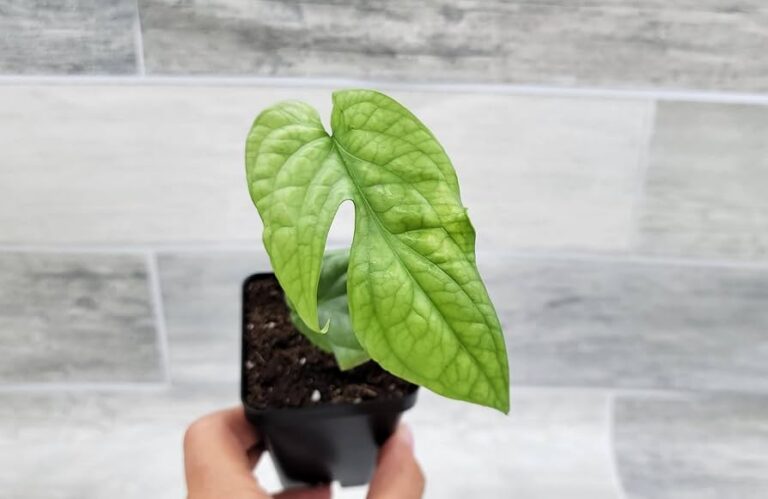
Ultimate Guide to Amydrium Spiderman Plant: Care, Growing Tips, and Uses
Overview of the Amydrium Spiderman Plant Feature Description Common Name Amydrium Spiderman Plant Scientific Name Amydrium sp. Origin Southeast Asia Light Requirements Bright, indirect light Temperature Range 65-80°F (18-27°C) Humidity High humidity preferred Watering Water when the top inch of soil is dry; avoid overwatering Soil Type Well-draining potting mix Fertilization Monthly during growing season…
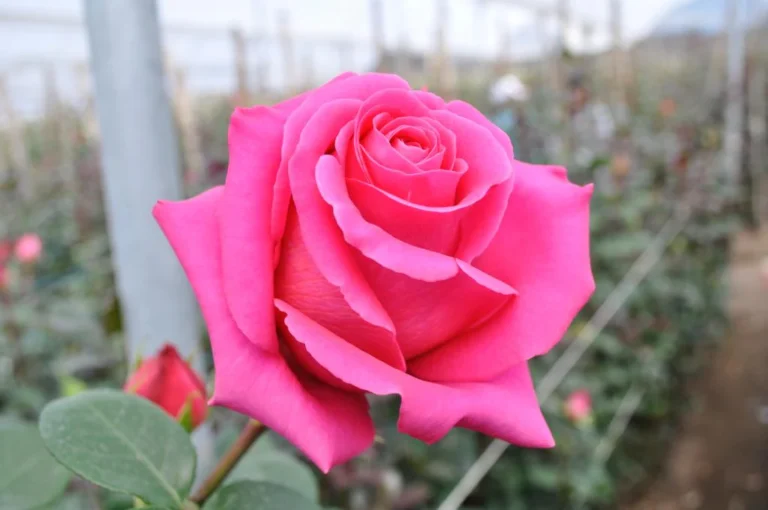
Ecuadorian Rose Plant: Expert Growing Tips and Flower Care
Ecuadorian Rose Plant Short Overview Feature Details Origin Ecuador Climate Warm days, cool nights Soil Requirements Well-draining, rich in organic matter, pH 6.0 – 6.5 Sunlight Needs Full sun, good air circulation Watering Deep, regular watering; avoid wetting leaves Fertilization Balanced fertilizer every 4-6 weeks during growing season Blooming Period Multiple times a year, peak…

Buy and Grow Wintergreen Boxwood Shrubs with easy tips
Introduction Overview of Wintergreen Boxwood Shrub The wintergreen boxwood shrub is a popular choice for gardeners and landscapers alike. Known for its vibrant green leaves and compact form, it brings life and structure to any garden. This versatile shrub can be used in various ways, from creating neat hedges to providing a lush, green backdrop…

Costa Farms Cat Palm: Benefits with Care & buying Tips
Introduction to Costa Farms Cat Palm Welcome to the world of Costa Farms Cat Palm! This lovely plant is a favorite among indoor gardeners for its lush, tropical look. The Cat Palm, also known as Chamaedorea cataractarum, brings a touch of the outdoors inside, making your home feel fresh and inviting. But what makes the…
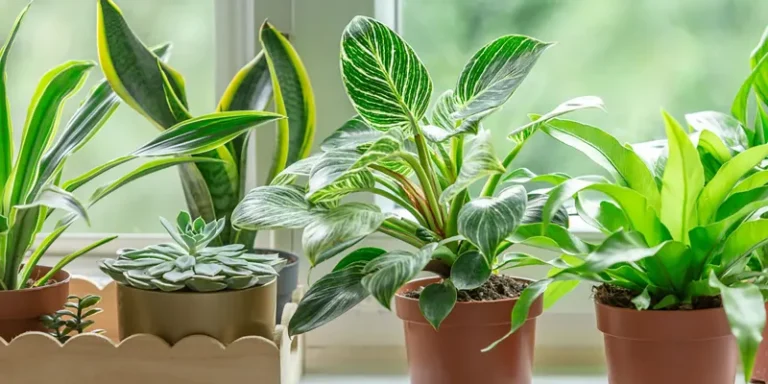
Birkin Philodendron: Care Guide, Benefits, and Buying Tips
Introduction The Birkin Philodendron plant is a trendy houseplant that’s capturing the hearts of plant lovers everywhere. With its striking green leaves adorned with creamy white stripes, it adds a touch of elegance to any room. This plant isn’t just about looks; it’s also easy to care for, making it perfect for both beginners and…



